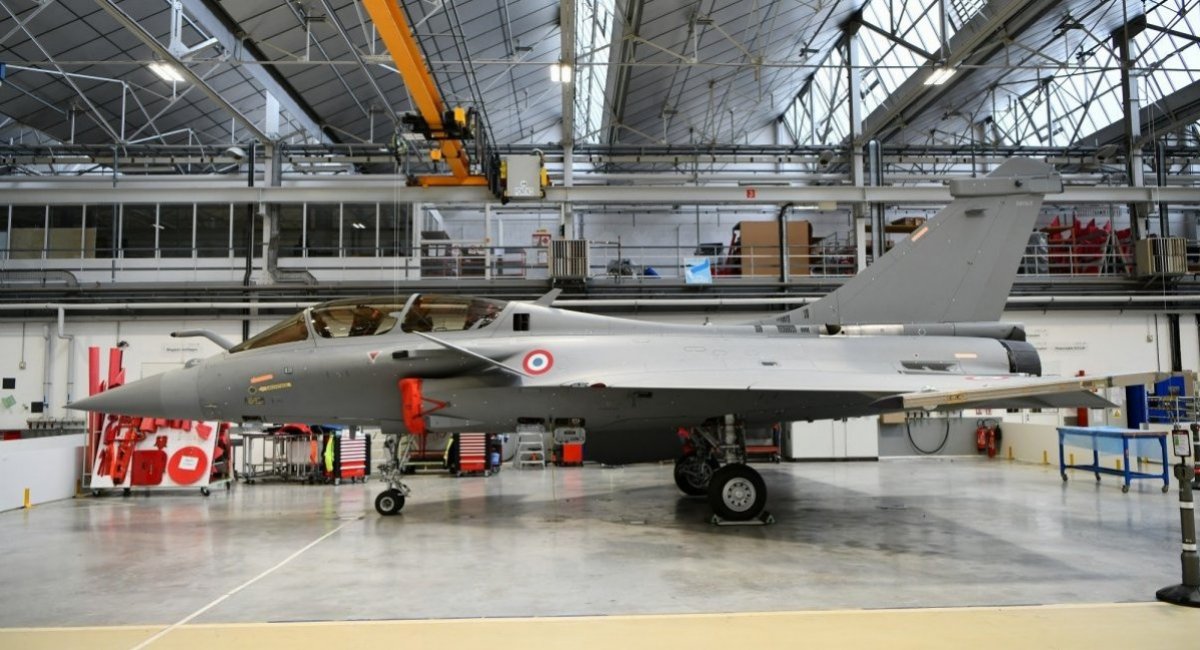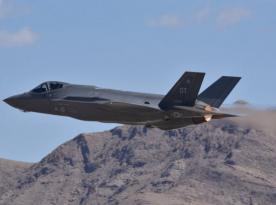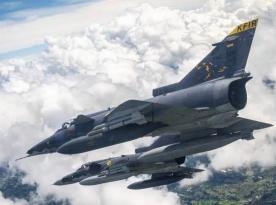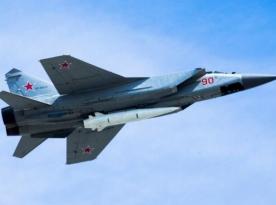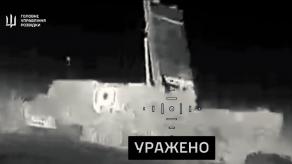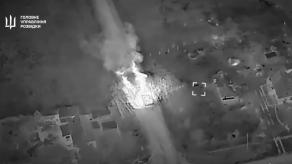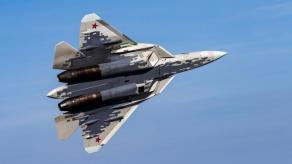Current calculations show that the French Air Force has such a small stockpile of missiles and other munitions that it would last only three days of intense combat under modern warfare conditions. For Meteor-type missiles, the available stockpile would barely sustain even one day of combat.
Moreover, a separate issue is the state of the French Air Force itself, which consists only of fourth-generation aircraft. Even France’s best combat aircraft, the Rafale, struggles during training exercises against fifth-generation fighters of hypothetical adversaries.
Read more: If the French Crotale NG Has Already Appeared Somewhere in the Ukrainian Armed Forces, There Are Still No Signs of the SAMP/T
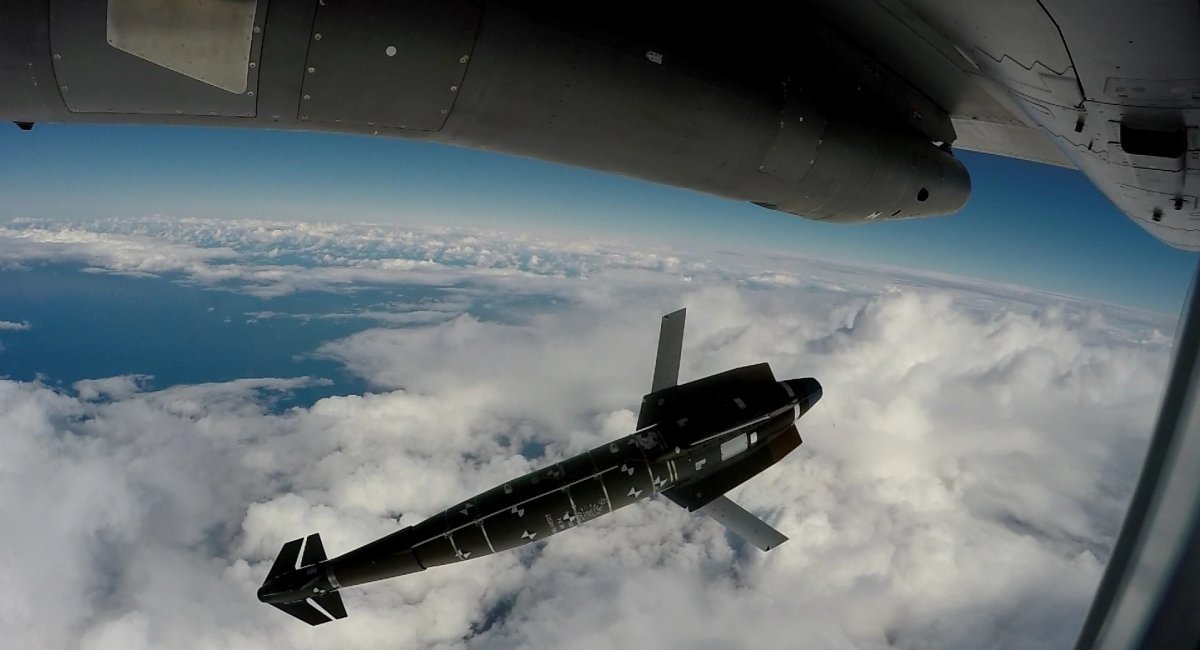
More specifically, the French analytical institute Institut Français des Relations Internationales (IFRI) has published an extensive report on the current state of France’s combat aviation. The full text is available at this link, and a summarized version has appeared in Western media. Below, we outline the key points of the report.
When it comes to France’s stockpiles of aerial munitions, experts highlight that this issue has already become a chronic problem. Even the air campaign against Muammar Gaddafi’s regime in Libya in 2011 demonstrated the need for larger reserves of guided bombs, air-to-air missiles, and air-launched cruise missiles to effectively strike enemy infrastructure.
This is not just an abstract concern—it directly affects the French Air Force’s ability to penetrate anti-access zones in potential conflicts against russia or China while simultaneously maintaining air defense capabilities.
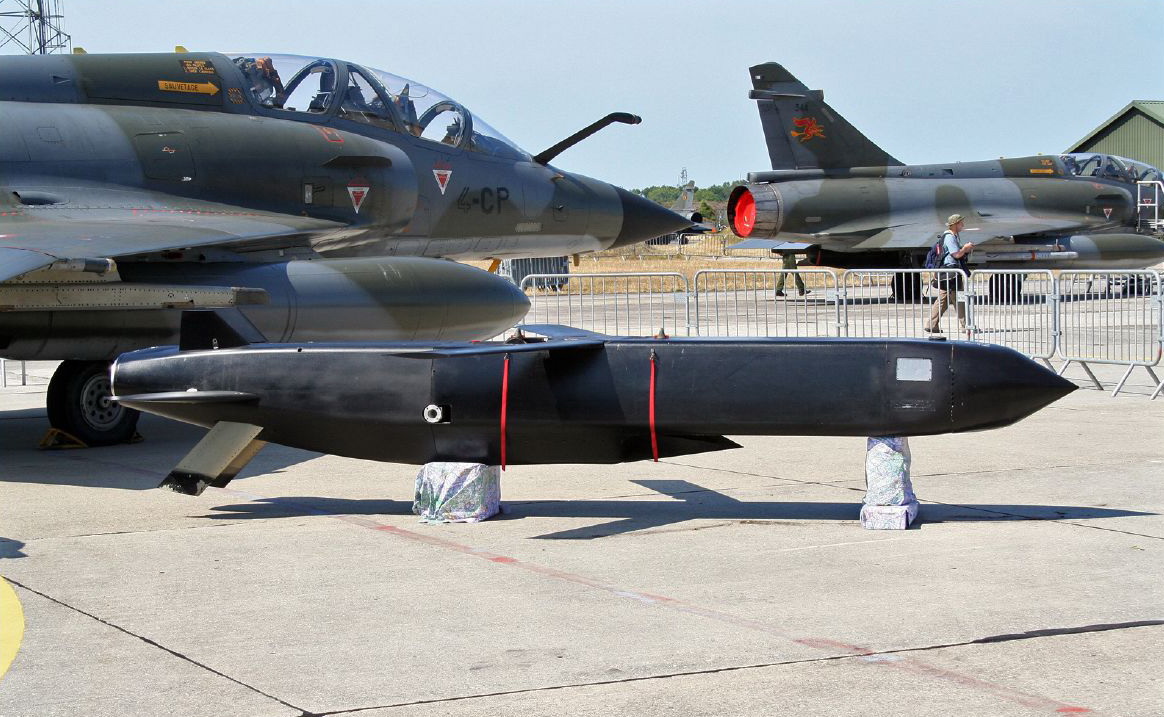
The IRFI analysts also point out that France has not even replenished its stocks of SCALP-EG cruise missiles and Aster 30 surface-to-air missiles, which were supplied to Ukraine as part of military aid. This issue further highlights the limited capacity of the French military to conduct modern air warfare.
Regarding the state of French aviation, experts emphasize another critical point. France squandered its historical opportunity when, instead of developing a fifth-generation fighter in the early 1990s, it chose to focus on the Rafale as a fourth-generation aircraft. As a result, the French Air Force received a high-performance combat aircraft that, however, does not fully meet modern warfare challenges—especially in terms of low observability (stealth).
Additionally, the Rafale’s onboard electronics require constant upgrades, particularly given the outcomes of various training exercises involving simulated air battles in different scenarios.
At this point, Defense Express would like to provide additional details. According to The Military Balance handbook, at the beginning of last year, France had approximately 90 Mirage 2000 aircraft of various modifications, 95 Rafale aircraft of different versions in its Air Force, 20 Rafale B aircraft designated as nuclear weapon carriers, and another 20 Rafale aircraft in the aviation branch of the French Navy.
As the IRFI analysts emphasize, France has not systematically developed the capabilities of its combat aviation because it has relied too heavily on its nuclear deterrence arsenal, which may be difficult to employ in practice.
They outline their conclusions and recommendations as follows:
- Modernize the existing aircraft fleet with a focus on medium-term prospects.
- Change the approach to stockpiling aerial munitions, prioritizing the intensity of potential combat operations rather than just the number of available aircraft.
- Break combat aviation out of the cost spiral dictated by Augustine’s Law and adopt a more balanced "cost-effectiveness" approach when procuring new aerial platforms.
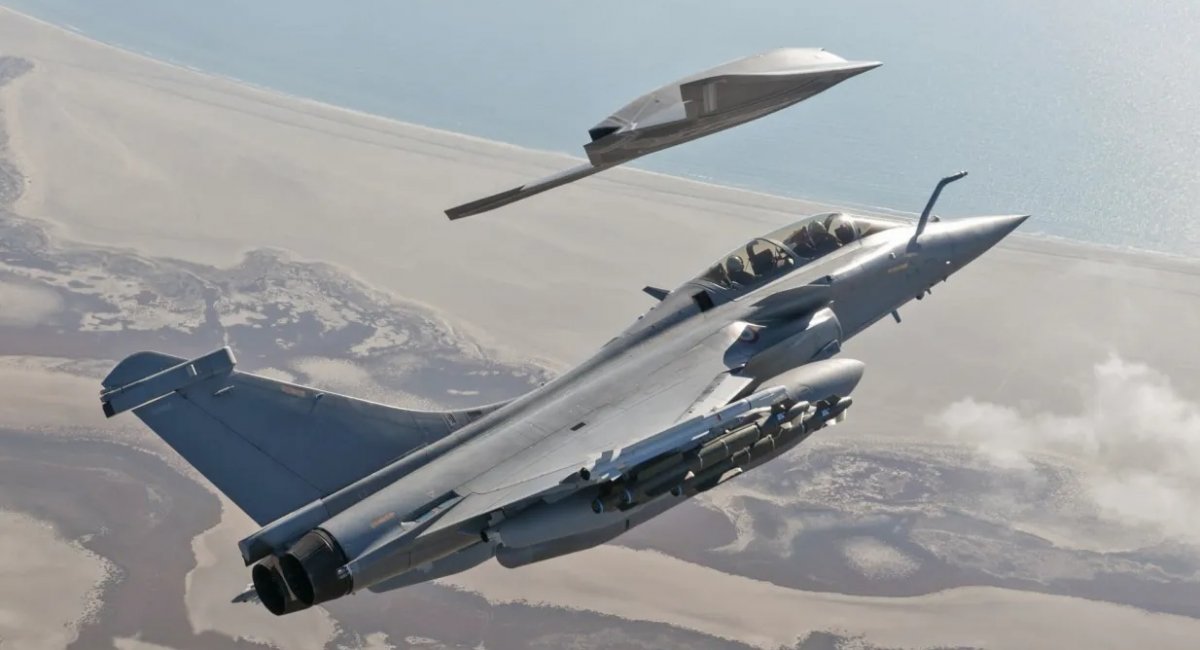
Read more: What Missiles and Bombs Can the Mirage 2000-5 Use, and What Else Is Important to Know?




